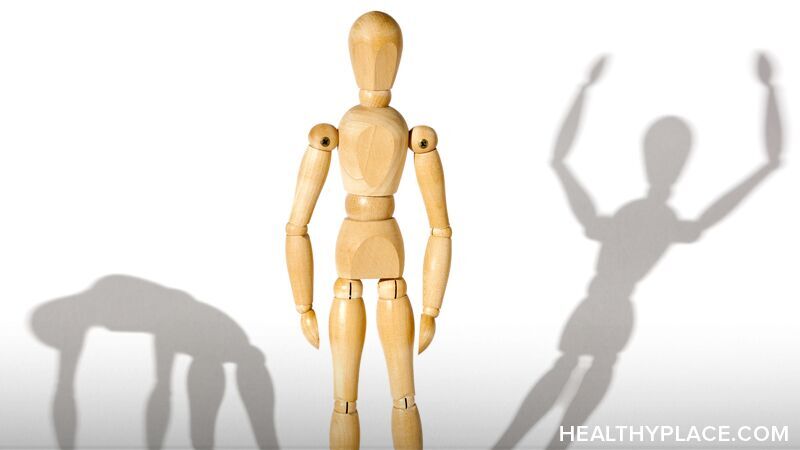What Are the Types of Bipolar Disorder?

Because people often just say they have “bipolar disorder,” many don’t know there are several types of bipolar disorder. Indeed, the type of bipolar disorder that a person has matters when it comes to understanding the illness. Read on to learn about how many types of bipolar disorder there are, what they’re like, and which type of bipolar disorder is most severe.
How Many Types of Bipolar Disorder Are There?
The Diagnostic and Statistical Manual of Mental Disorders, Fifth Edition (DSM-5) is the manual that defines all types of mental illness in the United States and many other places around the world. According to the DSM-5, there are four different types of bipolar disorder:
- Bipolar disorder type I
- Bipolar disorder type II
- Cyclothymic disorder
- Other specified bipolar and related disorders
Number four was previously known as “bipolar not otherwise specified” or “bipolar NOS” and is still sometimes referred to in that way.
Bipolar Disorder Type I
Bipolar disorder type I is thought of as “classic” bipolar disorder, perhaps because it was identified the earliest. In bipolar disorder type I, the person experiences elevated mood states known as manias and low mood states known as depressions (also known as major depressions). A person with bipolar disorder type I may also experience periods with few-to-no symptoms and these are known as euthymia. Bipolar disorder type I is also often accompanied by psychosis (the presence of delusions and hallucinations).
Bipolar Disorder Type II
Bipolar disorder type II is very similar to type I except that people with type II don’t experience the full “high” of a mania, rather, they experience a somewhat less elevated mood known as hypomania (literally, “less than” mania). Mania and hypomania both have the same symptoms but with hypomania being less severe. People with bipolar disorder type II experience the same types of depressions but do not experience psychosis. Bipolar type II also may contain euthymic periods, where there are few-to-no symptoms.
Cyclothymic Disorder
People with cyclothymic disorder, often referred to as cyclothymia, experience both high and low mood states but these states do not meet the full criteria of mania, hypomania or major depression.
Other Specified Bipolar and Related Disorder
The DSM-5 includes the other specified bipolar and related disorder diagnosis as a catch-all for those who experience bipolar-type symptoms but do not officially meet the criteria for any of the above types of bipolar disorder. This diagnostic category may have been included to encourage research into new types of bipolar disorder.
Which Type of Bipolar Disorder Is Most Severe?
People often ask, “Which type of bipolar disorder is the most severe?” This is an understandable question as, with four types of bipolar disorder, it’s human nature to want to group or rank them in some way.
Cyclothymic disorder is typically considered milder, however, bipolar disorder type I and type II simply can’t be ranked by severity. When it comes to mania, bipolar disorder type I is more severe, by definition. When it comes to depression, one might consider bipolar disorder type II more severe as those with type II experience more days depressed than those of type I. Finally, people experience bipolar disorder in their own way and some people with bipolar disorder type I find it extremely debilitating while others with bipolar disorder type II find it just as debilitating.
In short, the severity of any type of bipolar disorder is individual and the only way to find out how severe it is, is to talk to the person with it.
APA Reference
Tracy, N.
(2021, December 28). What Are the Types of Bipolar Disorder?, HealthyPlace. Retrieved
on 2024, June 20 from https://www.healthyplace.com/bipolar-disorder/bipolar-types/what-are-the-types-of-bipolar-disorder


